Federal Agencies and Commissions?
What are Federal Agencies and Commissions?
The character of the American system of government is centered upon the principle of checks and balances which involves a tripartite balance of powers between the three branches of government. Each branch has the power to establish agencies, boards, and commissions maintained in their respective capacities to handle specific issues or an issue of such importance that a stand-alone organization is needed to oversee its administration.
Federal agencies are administrative institutions to which the management and enforcement of laws and public policies are assigned. These agencies are established in accordance with the 1946 Administrative Procedure Act (APA), that is, the “enabling act” under which statutes granted by Congress confers powers on agencies to carry out various delegated tasks. Administrative agencies generally include independent federal agencies and executive branch departments. Independent federal agencies differ from the cabinet-level executive departments in that the executive departments are part of the president's cabinet, therefore they are far more amenable to political control, with the president having the power to appoint and remove the heads of the departments without reason unlike the heads of the independent agencies that cannot be removed unless with good cause.
Agencies under the Executive Branch
Under the executive branch, there are two broad groups of agencies: administrative departments and Independent executive agencies. The heads of these agencies are political appointees chosen by the president and approved by the Senate during his/her term in office. Executive departments are otherwise known as cabinet-level departments because the heads of the departments, named secretaries, are part of the president's cabinet each advising the president on any subject relating to the duty of that department. Independent executive agencies also report directly to the president but are not part of the cabinet-level departments. The executive branch departments and agencies include:
Executive Departments
- Department of Agriculture (1862)
- Department of Commerce (1903)
- Department of Defense (1947)
- Department of Education (1979)
- Department of Energy (1977)
- Department of Health and Human Services (1953)
- Department of Homeland Security (2003)
- Department of Housing and Urban Development (1965)
- Department of Interior (1849)
- Department of Justice (1870)
- Department of Labor (1913)
- Department of State (1789)
- Department of Transportation (1966)
- Department of Treasury (1789)
- Department of Veterans Affairs (1988)
Independent Agencies, Boards, and Commissions
-
Court Services and Offender Supervision Agency for the District of Columbia (CSOSA)
-
Federal Trade Commission (FTC)
-
National Mediation Board (NMB)
-
U.S. Commission on Civil Rights (USCCR)
-
U.S. Occupational Safety and Health Review Commission (OSHRC)
Agencies under the Legislative Branch
The leaders of the legislative branch agencies are either appointed by the president with the consent of the senate or by the Congress itself. These agencies are responsible for a specific industry or public service and their principal - the legislative - delegates rulemaking authority to them. The legislative agencies are the most widely known federal agencies and run a tenure of 4-15 years. They include:
- Architect of the Capitol (1793)
- Congressional Budget Office (1974)
- Congressional Research Service (1970)
- Capitol Police (1901)
- Copyright Office (1870)
- Government Accountability Office (1921)
- Government Publishing Office (1861)
- House Officer of Inspector General (1992)
- House Office of the Clerk (1789)
- Joint Congressional Committee on Inaugural Ceremonies (1901)
- Library of Congress (1800)
- Medicaid and CHIP Payment and Access Commission (1964)
- Medicare Payment Advisory Commission (1997)
- Office of Compliance (1995)
- Office of Congressional Workplace Rights (1995)
- Open World Leadership Center (1999)
- Stennis Center for Public Service (1988)
- U.S. Botanic Garden (1820)
- U.S. Capitol Visitor Center (2008)
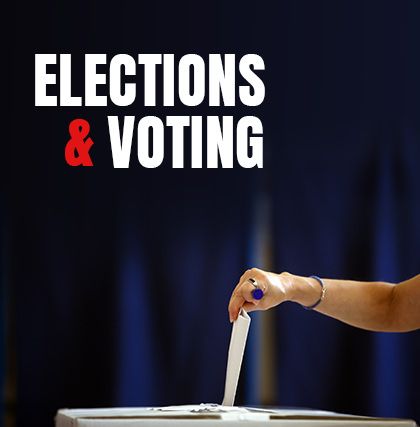 Elections and Voting
Elections and Voting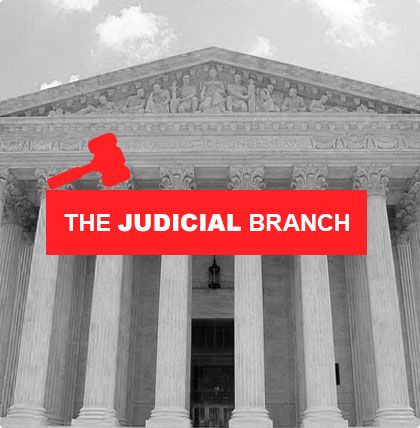 The Judicial Branch
The Judicial Branch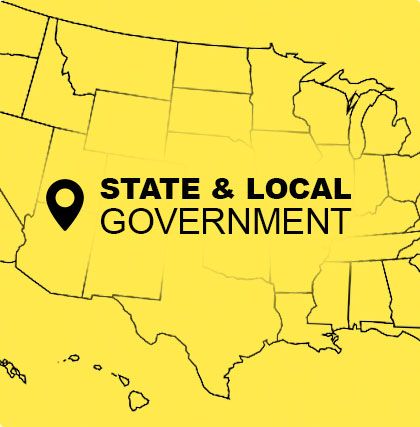 State & Local Government
State & Local Government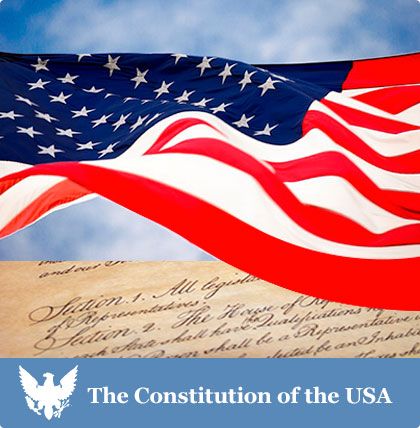 The Constitution
The Constitution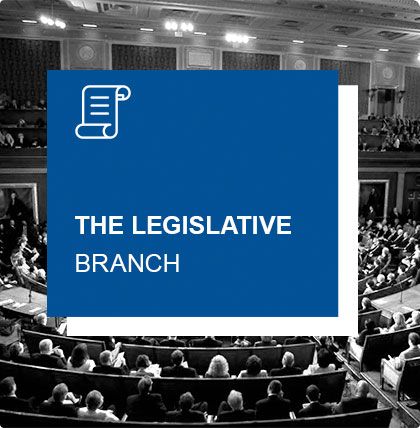 The Legislative Branch
The Legislative Branch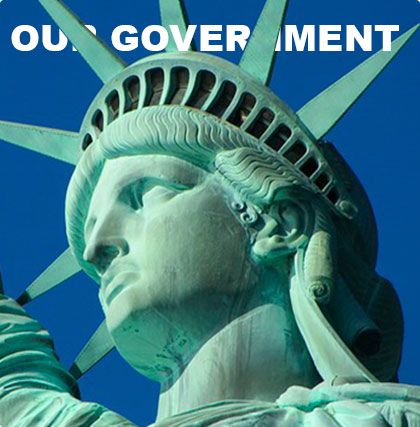 Our Government
Our Government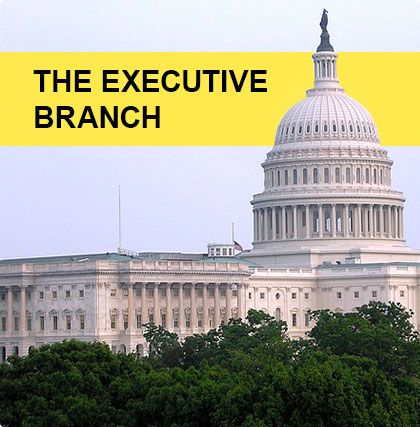 The Executive Branch
The Executive Branch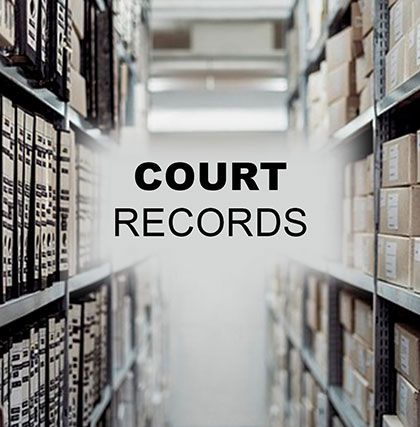 Court Records
Court Records